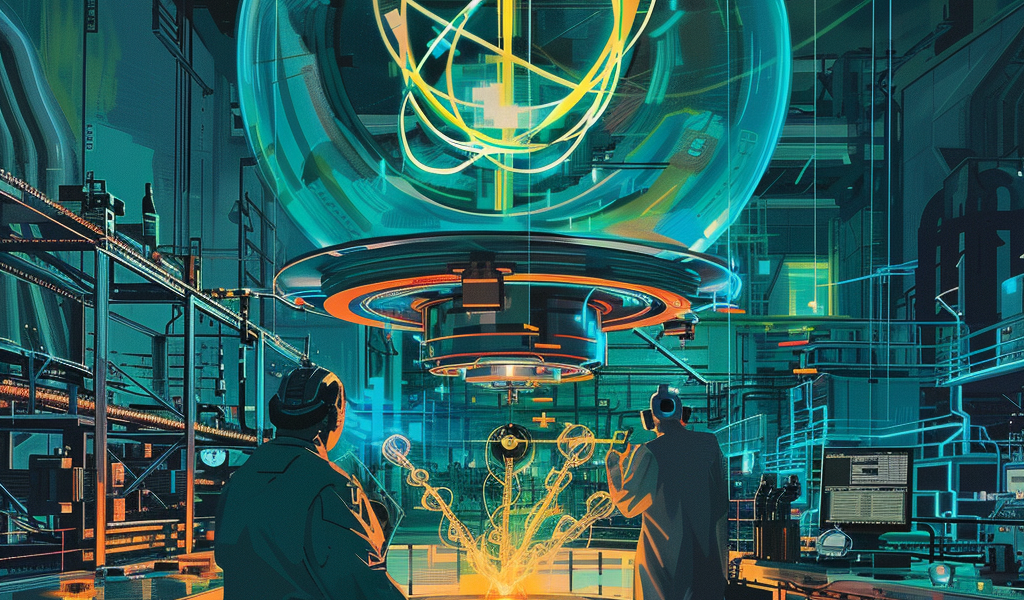An international collaboration of scientists has made a significant breakthrough in the field of nuclear physics by successfully producing an isotope of the superheavy element livermorium. This achievement, conducted at the Lawrence Berkeley National Laboratory, is seen as a pivotal step towards the discovery of new elements.
The experiments utilized the lab’s advanced particle accelerator, the 88-Inch Cyclotron, to explore innovative methods for creating superheavy elements. The findings of this research were published in the esteemed journal, Physical Review Letters.
Superheavy elements are defined by their large number of protons within their atomic nuclei, which distinguishes them from more commonly known elements. These elements are artificially created in laboratory settings and are known for their extremely short half-lives, often decaying within milliseconds, making them challenging to study.
Historically, researchers have sought ways to enhance the stability of these elusive elements. The conventional method involved using a calcium beam to fuse isotopes from various elements. This process entails smashing protons and neutrons of existing elements together, which, under optimal conditions, results in the formation of a new, heavier atom.
In the latest experiments, the research team employed a novel reaction to synthesize livermorium (element 116). The process involved directing a beam of trillions of titanium-50 ions, which contain 22 protons, towards a target of plutonium-244, which has 94 protons. This innovative approach allowed the researchers to conduct an unprecedented number of fusion attempts.
Over a period of 22 days, the team executed the reaction an astounding 10,000 trillion times, ultimately leading to the successful formation of two atoms of livermorium. This accomplishment not only demonstrates the feasibility of creating superheavy elements but also serves as a validation for the potential discovery of new elements in the future.
Moreover, the researchers noted that titanium isotopes could theoretically be fused with californium isotopes to create element 120, which currently exists only as a theoretical concept. The successful production of livermorium thus opens the door to future experiments aimed at synthesizing this even heavier element.
Element 120 is anticipated to be the heaviest atom ever produced, and its creation would mark a significant milestone in the realm of chemistry and physics. The concept of an “island of stability” has been proposed, suggesting that certain superheavy elements may possess longer half-lives, allowing for more comprehensive studies and practical applications.
The ongoing research into superheavy elements not only expands our understanding of atomic structure but also has implications for various scientific fields, including materials science and nuclear chemistry. The quest for new elements continues to intrigue scientists, as they push the boundaries of what is known and explore the fundamental building blocks of matter.
As researchers delve deeper into the properties and potential applications of these superheavy elements, the scientific community remains optimistic about the future discoveries that await. The successful production of livermorium is just one example of how innovative techniques and collaborative efforts can lead to groundbreaking advancements in the field of nuclear science.





